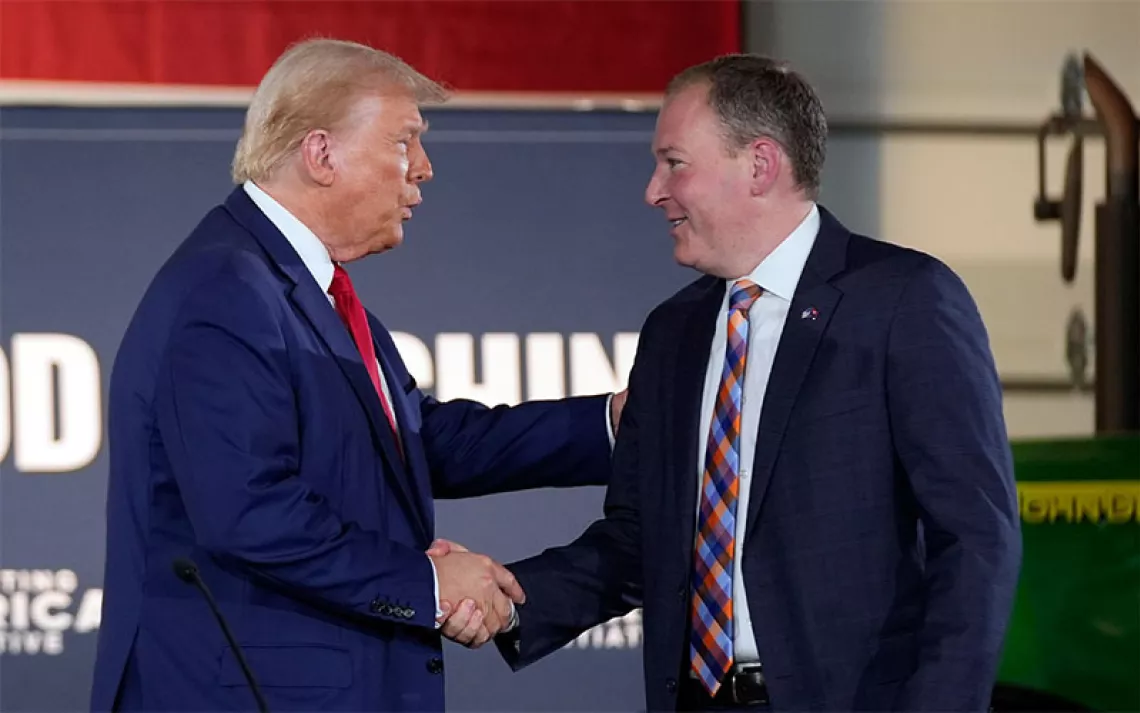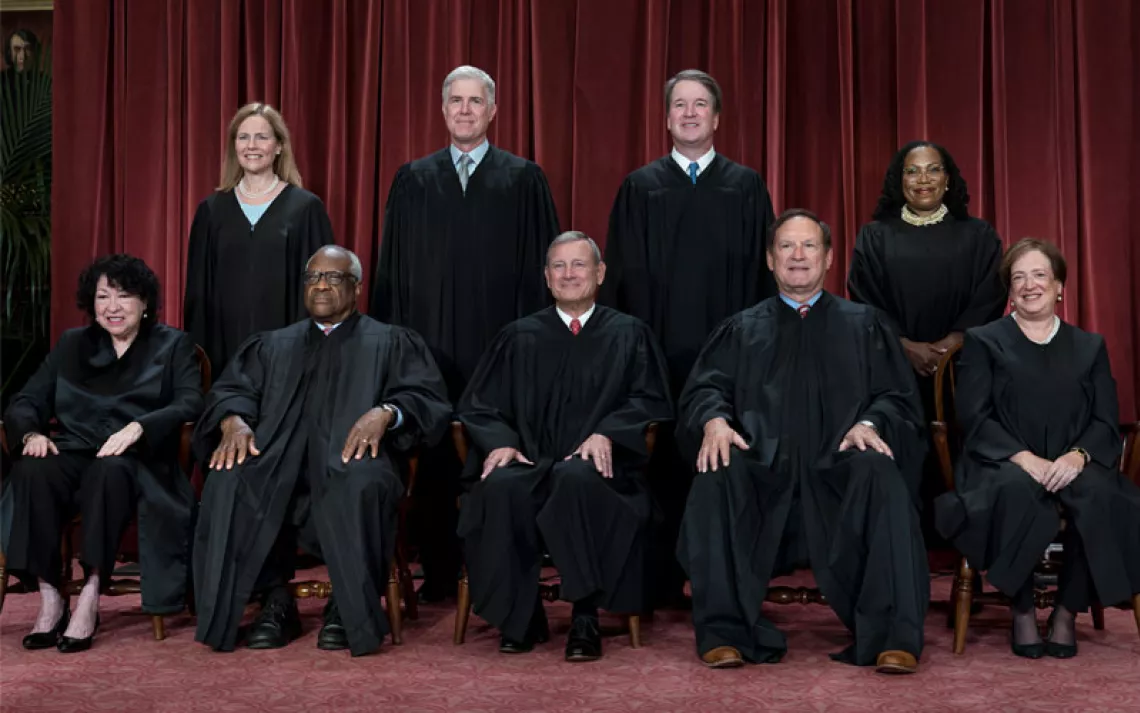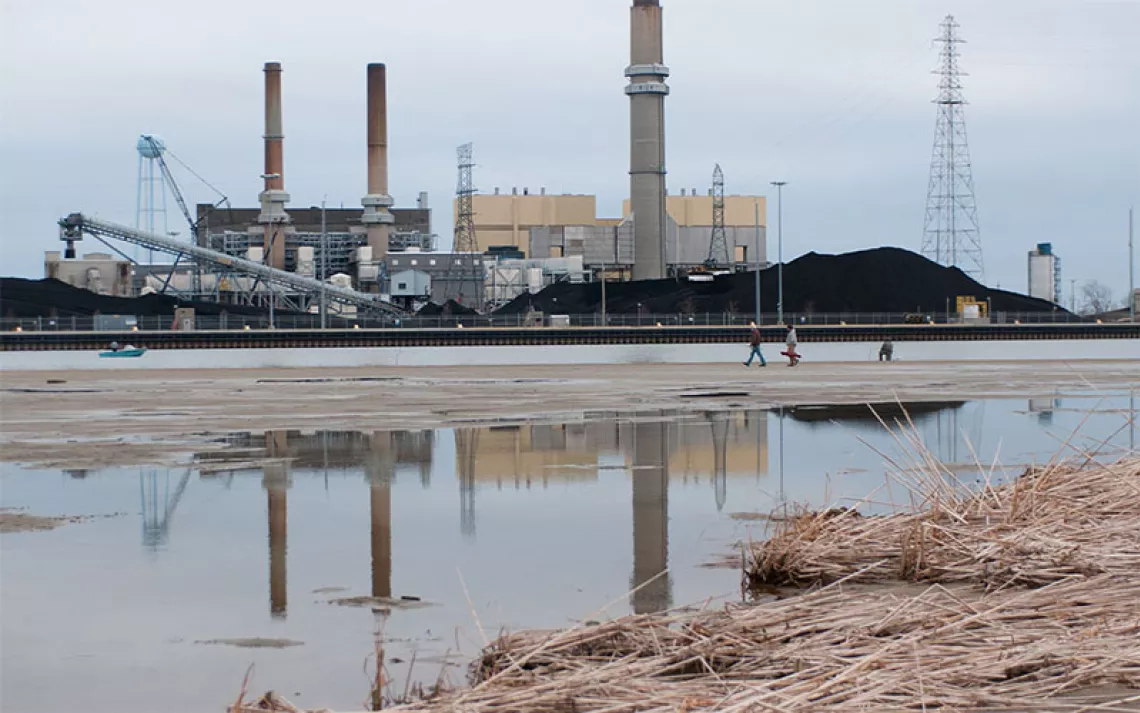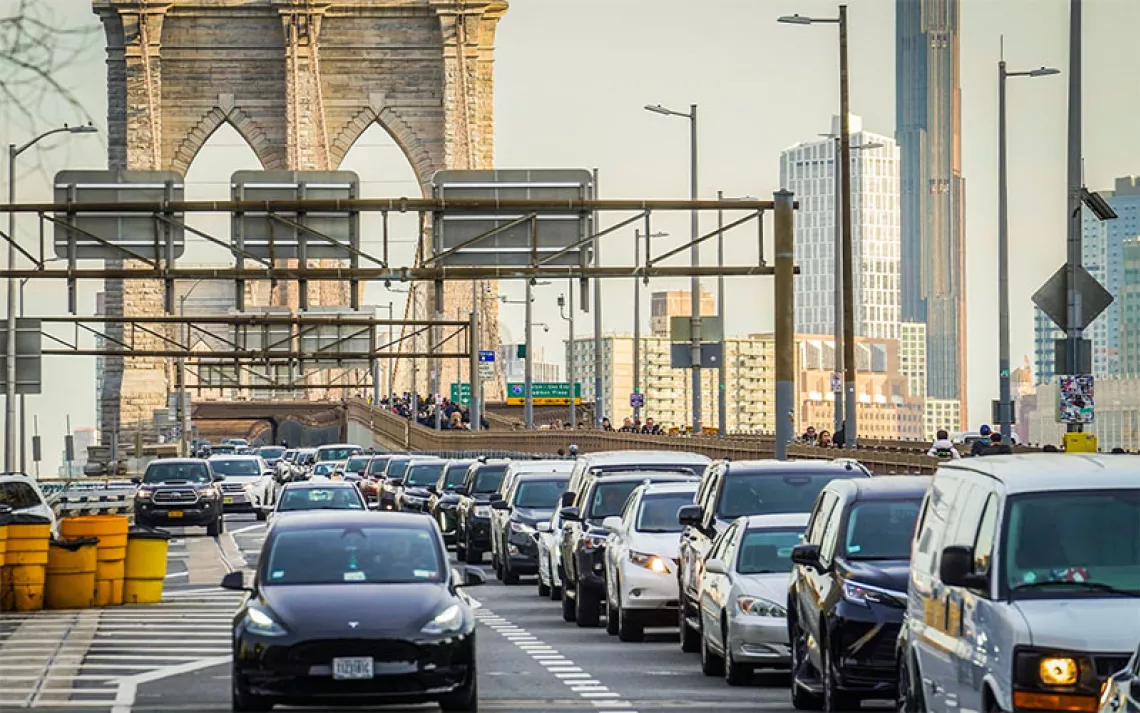Scott Pruitt Tried to Do More Harm on His Last Day on the Job
You’ve probably never heard of glider trucks, a major source of air pollution

Photo by welcomia/iStock
Update: On July 26, Andrew Wheeler withdrew the EPA's decision to maintain the glider truck loophole, conceding that the no action assurance violated the EPA's own policy. The withdrawal marks a victory for the coalition of states and environmental organizations including the Sierra Club, Environmental Defense Fund, and the Center for Biological Diversity that sued the agency over the decision. The EPA is expected to continue to work on a revision of the rule.
In an April opinion piece for The Daily Caller, Tommy Fitzgerald Sr., founding CEO of Fitzgerald Glider Kits in Crossville, Tennessee, expressed his appreciation for then–EPA administrator Scott Pruitt: “Our goose was cooked until President Trump and Pruitt came to town.” Fitzgerald was worried that a rule put in place by President Obama spelled trouble for his $700 million truck-manufacturing business, whose rebuilt long-haul rigs are out of compliance with federal clean air standards. In the op-ed, Fitzgerald railed against an annual cap on what the transportation industry calls “glider trucks” but which even some former EPA officials refer to as “super-polluting trucks.”
A couple of weeks ago, it seemed that Fitzgerald had gotten his wish. In the last hours of Pruitt’s tenure, the EPA announced that it would maintain a Clean Air Act loophole that allows Fitzgerald Glider Kits to keep building super-polluting trucks. Acting administrator Andrew Wheeler evidently has every intention of maintaining the loophole, essentially telling Fitzgerald to keep on trucking—no matter what it means for local air pollution.
Environmental groups quickly struck back. On July 10, the Environmental Defense Fund, the Center for Biological Diversity, and the Sierra Club filed a request to the agency to withdraw its non-enforcement of the glider truck rule. When the EPA failed to respond, the three organizations sued the agency in federal court. Last week, the U.S. Court of Appeals for the District of Columbia stayed the EPA’s attempt to take no action on trucks. That means that throughout litigation, the EPA has to continue enforcing the cap on glider trucks.
“We were hoping that Wheeler would come to his senses since this was done under Pruitt last-minute,” said Sierra Club senior attorney Alejandra Núñez. “But then we realized, ‘Actually he’s more of the same, so we need to go to court.’”
Sixteen states have also sued the EPA over its attempts not to enforce the glider rule. “As EPA administrator, Scott Pruitt’s job was to act as our country’s chief environmental protector. At every turn—even until the bitter end–he failed to carry out this important duty and instead put the profits of major polluters above the health of our families,” California attorney general Xavier Becerra said in a statement announcing the states’ lawsuit.
But what is a glider truck anyway? It has nothing to do with aviation, or with hang-gliders and paragliders, which are propelled by momentum and aerodynamics.
Glider trucks are very much grounded, and they very much rely on fuel. A “glider” truck is essentially a new truck on the outside with an older truck on the inside. A glider manufacturer like Fitzgerald salvages engine components, transmissions, and rear axles from old big rigs—often postcollision—and restores them in a new body to go back on the highway. Typically the diesel engines are last generation and are significantly more polluting than engines built with today’s technology.
Like any used vehicles, gliders sell much cheaper than conventionally manufactured trucks. When Fitzgerald petitioned Pruitt to come to the aid of his business, he claimed that glider trucks cut the cost of a new truck by 25 percent. But while a cheaper price tag might help an independent trucker with some cost savings, in the end our air quality and public health pick up the tab.
Stronger air pollution rules for heavy-duty vehicles have spurred improved diesel technology over the last decade. A Southwest Research Institute study in 2015 showed that particulate matter, nitrogen oxide, and carbon monoxide emissions from 2010-compliant engines tested well below that year’s emission standards. The newer models released up to 90 percent fewer particles than the pre-2007 versions.
By the time this study had been published, however, glider manufacturers like Fitzgerald had begun exploiting a loophole that allowed them to keep putting pre-2007 engines in new gliders. A sharp increase in glider truck sales alarmed the Obama-era EPA, which released a report concluding that every 1,000 gliders removed from the road would prevent 160 premature deaths due to air pollution. The agency estimated that 10,000 gliders had been sold that year alone.
The EPA moved to crack down on that loophole, instituting a cap on glider trucks sold each year, to the chagrin of Fitzgerald and his political allies—namely his district’s representative in Congress, Diane Black, a Republican whose campaign received funds from Fitzgerald. With the advent of the glider rule, Black and Pruitt came to the gilder truck rescue.
This move was consistent with Pruitt’s deregulation agenda. But if he needed more reason to roll back the glider rule, Fitzgerald delivered. In 2016, Fitzgerald Glider Kits funded a study on its gliders at Tennessee Tech. The study gave the company what it had paid to see confirmed: Its gliders outperformed conventionally manufactured trucks and even “have a smaller carbon footprint . . . due to fuel efficiency and recycling of materials.” This study made it to Pruitt’s desk last summer and was cited in initial efforts to kill the glider rule altogether. Fitzgerald also continues to cite these results, and as recently as May, Representative Black signed a letter to the White House in defense of the rollback, claiming that “gliders are more fuel efficient and achieve better CO2 emissions” than new trucks.
Just one problem. In February, Tennessee Tech president Philip B. Oldham requested that Fitzgerald, Pruitt, and Black stop making any reference to the study, which is now the subject of a campus investigation into academic misconduct.
A 2017 study published by Pruitt’s own EPA showed different results. Shortly after Pruitt moved to strike down the glider rule, the National Vehicle & Fuel Emissions Laboratory released the results of a study of a Fitzgerald glider truck. The government report concluded that emissions of nitrogen oxide and particulate matter from the glider trucks measured 43 to 55 times higher that those from trucks in compliance with emission standards. Under transient conditions, that number rose even higher: Particulate-matter emissions measured 450 times higher. But to the end of his scandal-strewn tenure, Pruitt stuck to his agenda, regardless of the science. Andrew Wheeler now appears determined to do the same.
Núñez says the D.C. Circuit’s decision to suspend the EPA’s loophole is an early victory in this public case against the Wheeler EPA, particularly considering how quickly the court acted. Each day that the EPA failed to enforce the glider rule was a day that glider manufacturers could exploit. “I don’t know how many trucks [Fitzgerald] can produce a day, but this is a public health emergency,” Núñez said. “So at least today they can’t do anything.”
 The Magazine of The Sierra Club
The Magazine of The Sierra Club



